Engineering approaches grounded in immunology hold the key to the discovery and development of novel treatments for cancer, infectious disease, and autoimmunity. To this end, the overarching goal of our laboratory is to engineer immunity through a fusion of immunology with biotechnology and materials chemistry, employing a materials science-centric approach to create new therapies based on the controlled modulation of the immune system. more >>
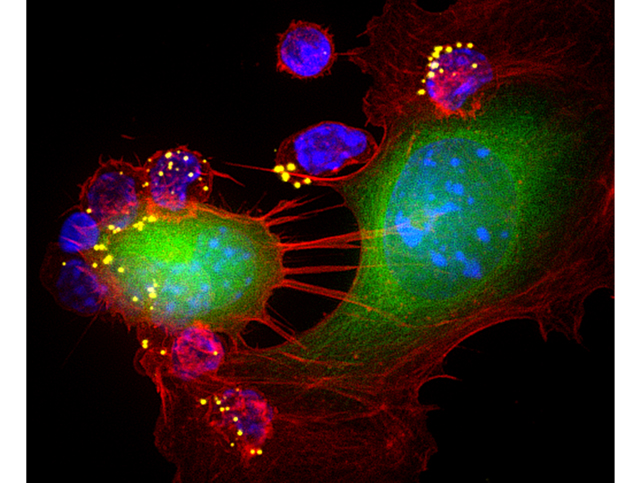

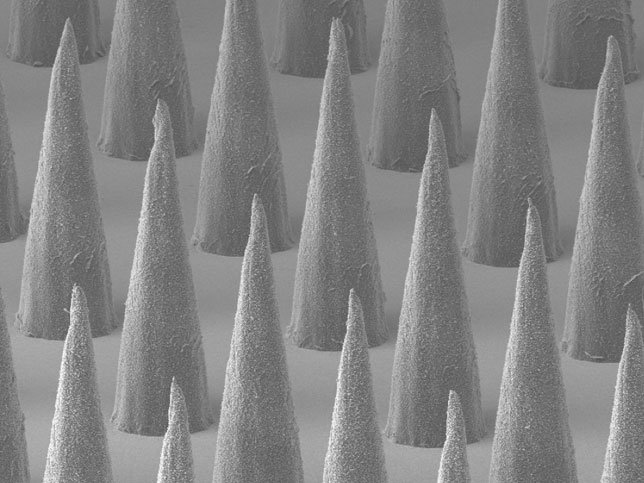
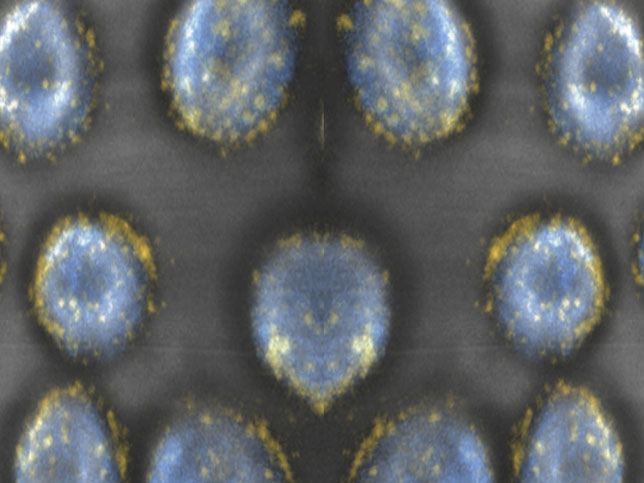
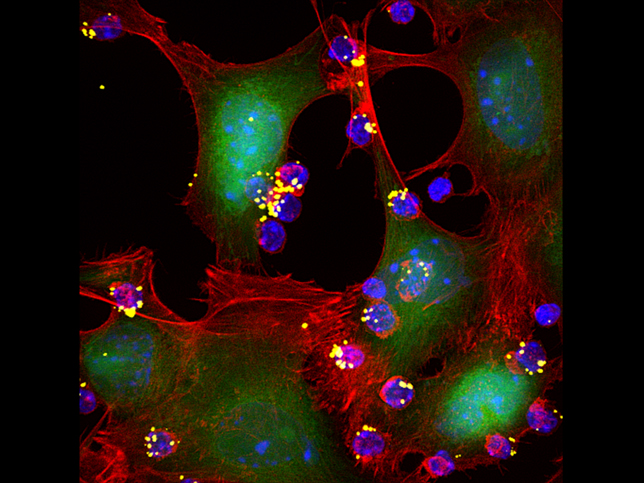
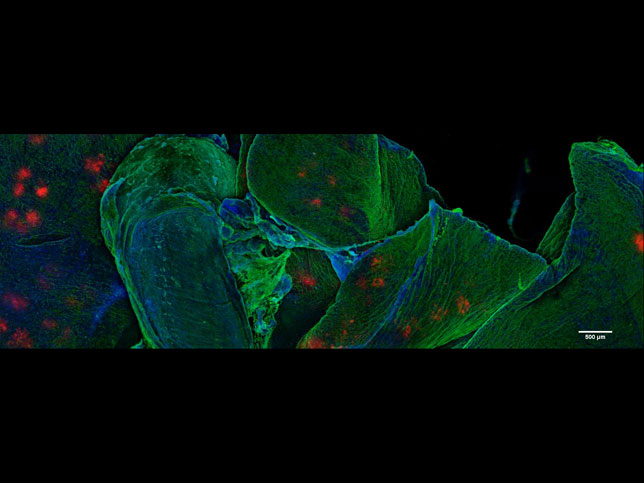
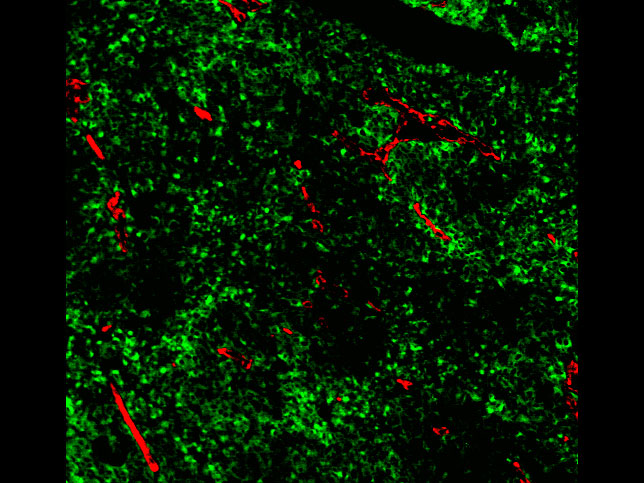
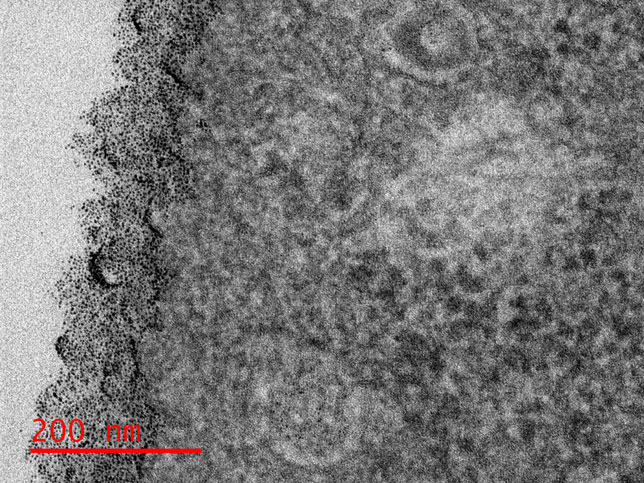
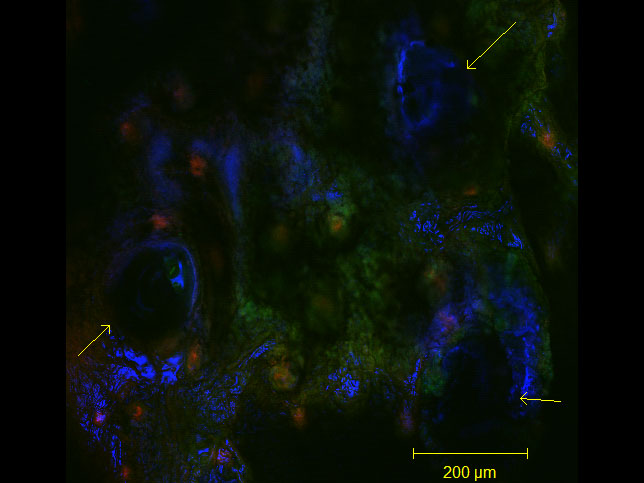
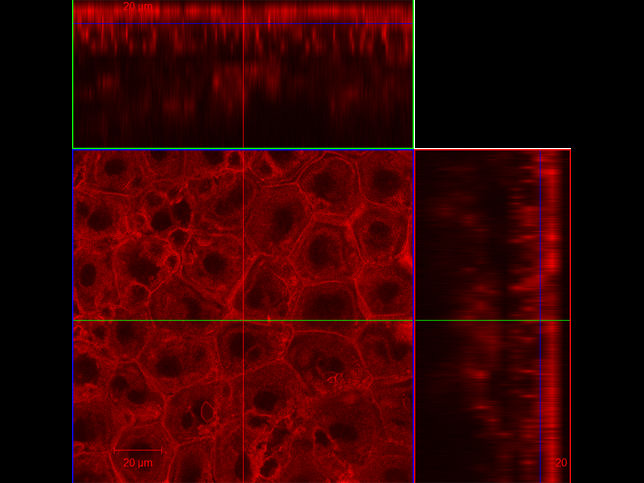
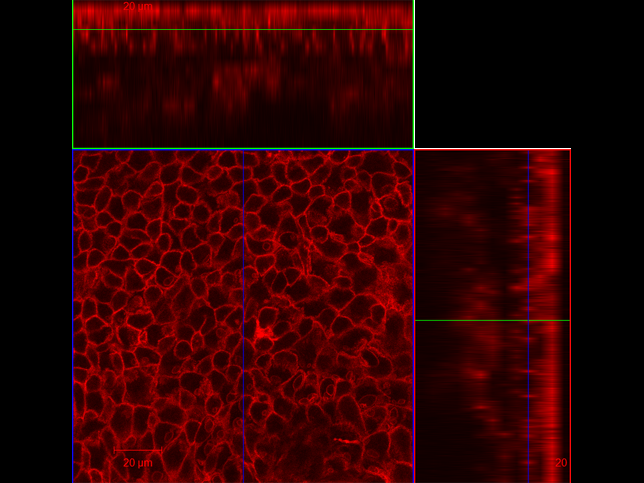

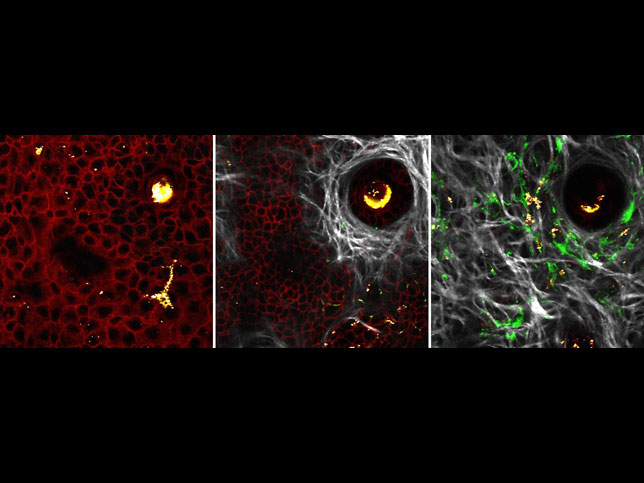
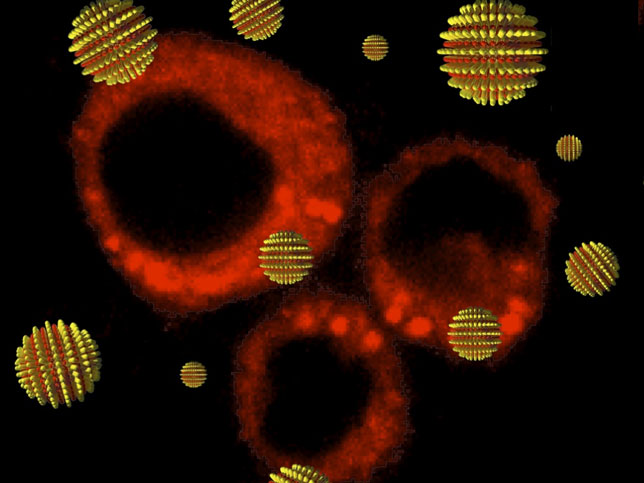
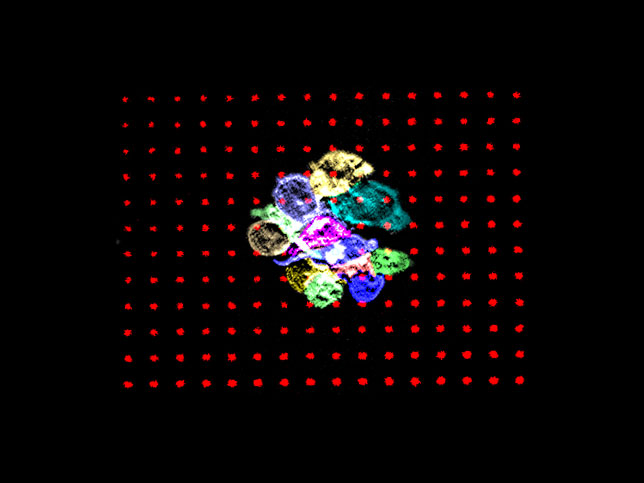
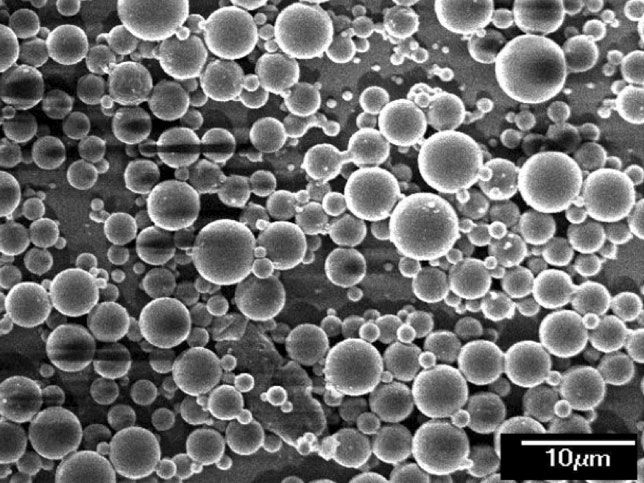

Darrell Irvine is a Howard Hughes Medical Institute Investigator. Our research is also supported by the National Institutes of Health, the Ragon Institute of MGH, MIT, and Harvard, the Bill and Melinda Gates Foundation, the Melanoma Research Alliance, the Bridge Project, and the Dept. of Defense (via the Institute for Soldier Nanotechnology and the Defense Advanced Research Projects Agency). We gratefully acknowledge past support from the the National Science Foundation, the Arnold and Mabel Beckman Foundation, the Whitaker Foundation, the Human Frontiers Science Program, 3M, the Dept. of Defense Prostate Cancer Research Program, and the DuPont-MIT Alliance.

